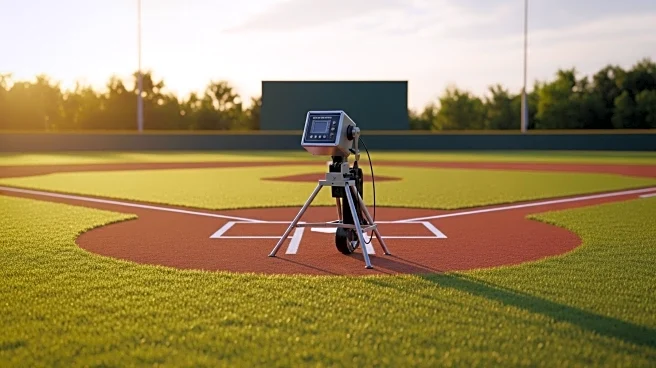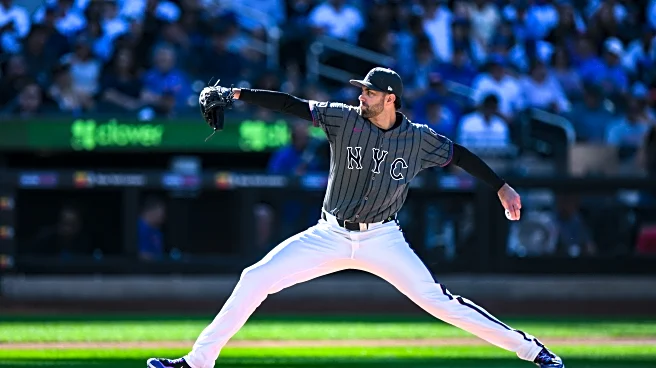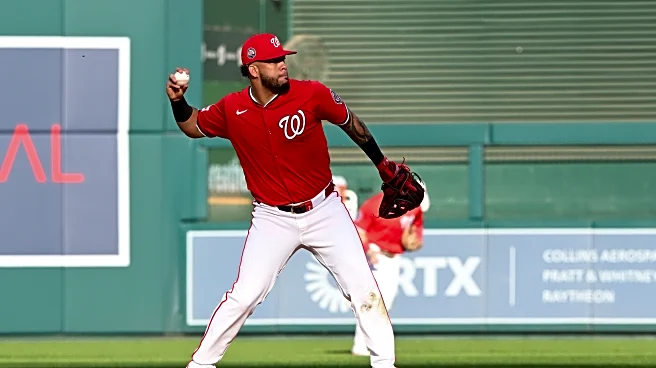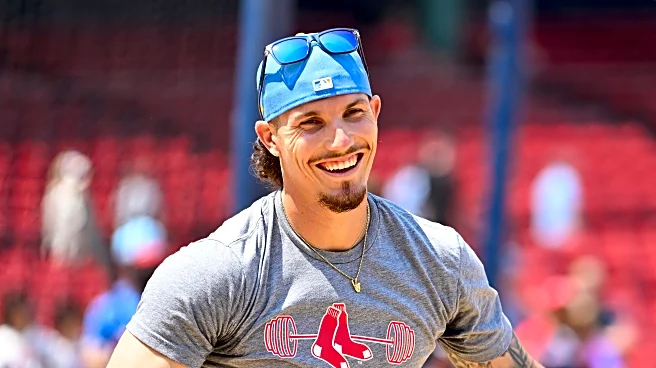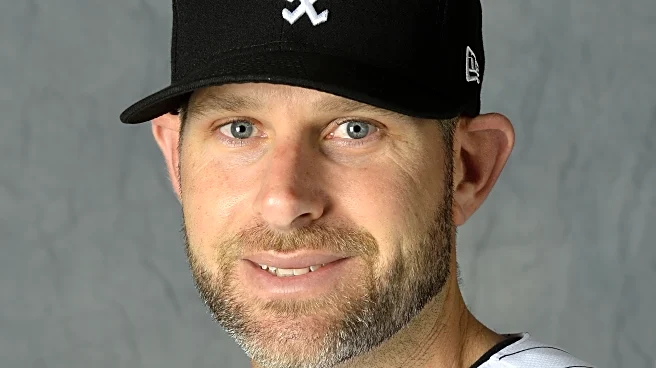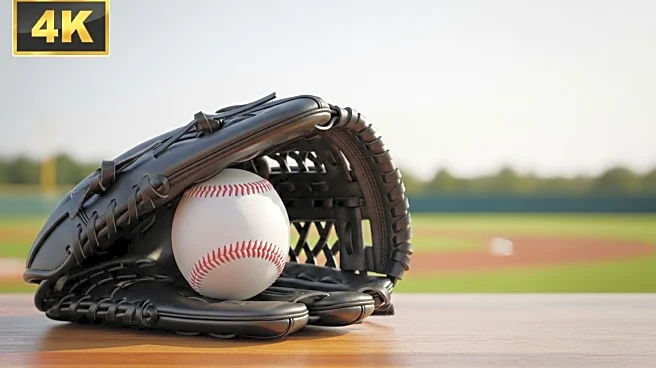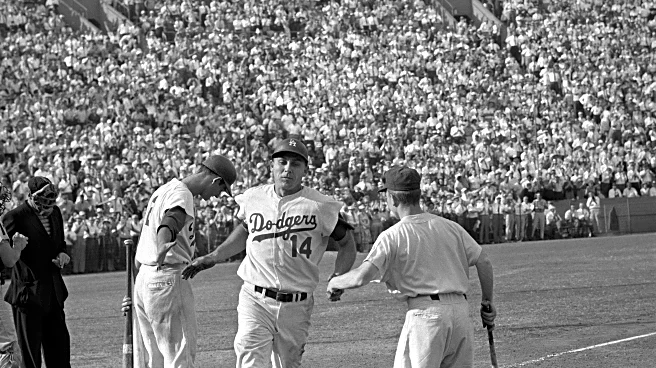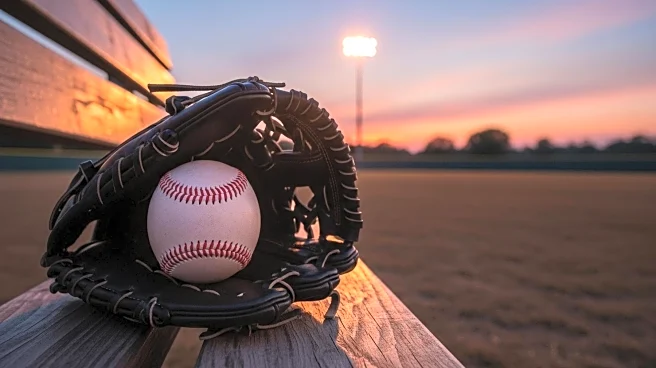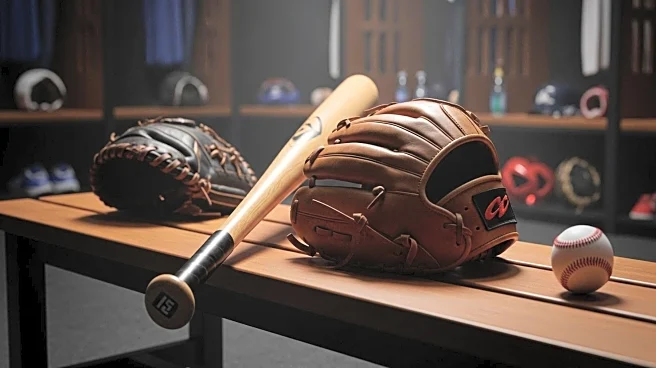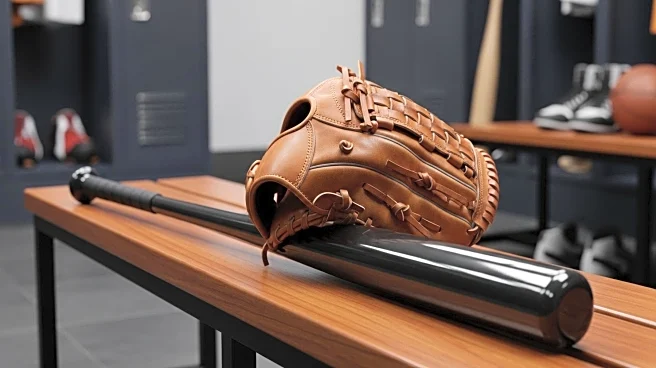Baseball’s salary arbitration system is truly one of the more unusual mechanisms of the game’s labor relations. It’s a halfway point between the beginning of a player’s career, when a team has complete
control over his contract, and the free agent market. Players with three to six years of major league service time (as well as some players known as “Super Twos” with just shy of three years) qualify for arbitration.
During each offseason, the player and the team submit their proposed salaries for the following year. If they can’t agree on a number before the set hearing, a panel of independent arbitrators hears from both sides, examines comparable salaries, and either picks the player’s number or the team’s number, no in-betweens allowed. Arbitration has become a critical middle step in MLB’s economic system as it allows players to be compensated for their performance before free agency, while also affording teams cost control and some predictability in a player’s prime.
The entire process can be a bit contentious, though, with teams often having to act like their player’s performance is worse than it actually is to justify their salary offer, and players try to use every accomplishment they can to argue for the best deal possible. However, most cases never even make it to a full hearing, as it’s really in the best interests of both sides to avoid the messy process that can lead to awkwardness and potential hard feelings. Teams typically don’t like having to make what is basically an anti-player argument before an arbitrator. Meanwhile, players obviously tend to prefer the certainty of having their salary set rather than risk losing it. As a result, fewer than 10% of cases are heard through the arbitration process each year.
Unfortunately, we know that the Sox sometimes do not care much about optics, as was evident just a few seasons ago in 2022, when they went toe-to-toe with Lucas Giolito in an embarrassing fashion. The pitcher and the organization were initially at odds over $200,000. Then, the amount dwindled to $50,000, and it looked like the two were headed for a hearing. Alas, a face-to-face meeting between the then-ace and owner, Jerry Reinsdorf, resolved the issue at the wire.
This offseason, the Chicago White Sox technically have three players who are eligible for arbitration: Derek Hill, Mike Tauchman, and Steven Wilson. I know, I know, after reading the first name, you just said to yourself, “Who?” Don’t beat yourself up too much; 62 different players took the field for the South Siders this season. The Good Guys claimed Hill off waivers on September 24 from the Miami Marlins. With all the late-season injuries to players in the outfield, the Sox took to the scrap heap to grab Hill, who only appeared in five games. The odds are pretty much zero that Chicago will make him an offer, so that results in them non-tendering him, and he will then become a free agent. So, let’s move on to the two players who may actually receive offers.
With a 1.9 WAR, Tauchman enjoyed his best offensive season yet in his first year with the Chicago White Sox in 2025. Playing in 93 games, the right fielder slashed .263/.356/.400 with nine home runs and 40 RBIs, as well as a .756 OPS. Statcast data also indicates that the 34-year-old maintained above-average bat production, as he posted a reasonable chase rate of 23.8%, an 11.7% walk rate, and a .336 wOBA. On the defensive side, he also provided some fun highlight reels and put up a +3 defensive runs saved. Not bad for an older dude who was hobbling around on one leg for a portion of the season.
Tauchman’s year ended on a sour note, however, as he was placed on the 10-day IL in late September with a torn meniscus in his right knee. The injury ended his 2025 season, and he underwent surgery to address the issue on September 30. He also previously spent time on the IL earlier in the year with a strained right hamstring, which delayed the start of his season. When he was healthy, Tauchman produced some key hits and was often praised for his veteran leadership in the clubhouse.
According to Matt Swartz of MLB Trade Rumors, Tauchman’s projected arbitration number for 2026 should be approximately $3.4 million. This seems like a very reasonable number that the Sox could easily take on in their payroll for next season. Given his production and leadership in 2025, there’s a pretty good chance that Chris Getz and Co. take another flyer year on the Palatine Pounder, given that Chicago’s No. 1 prospect, Braden Montgomery, will probably start 2026 roaming in the Charlotte Knights’ outfield.
Next up, we have righthander Steven Wilson. The 31-year-old reliever was a reliable piece of the bullpen, pitching to a respectable 3.42 ERA across 55 1/3 innings. Wilson made 59 appearances, tallying 51 strikeouts and a 1.30 WHIP, while accumulating two saves along with a pair of wins in 2025. Skipper Will Venable called on him often to contribute both in high-leverage situations and in middle relief roles.
Wilson’s advanced metrics paint a picture of a pitcher who can perform effectively despite allowing some hard contact. His Statcast data reveals an average exit velocity of ~89.6 mph against him, a hard-hit rate of ~36.4%, and a barrel rate of 5.5%. These numbers are indicative of a pitcher who, while not immune to getting hit, was mostly able to limit runs and manage walks efficiently. Although it probably didn’t often feel like it to fans watching this year, with a 1.2 WAR, Wilson’s 2025 season established him as a decently reliable arm in the South Side pen. While it’s hard to project exactly what the front office has in mind for the arm barn in the offseason, Swartz has $1.5 million as the projected arbitration amount for Wilson. Based on how expensive reliable bullpen arms can be, that amount doesn’t at all seem unreasonable for the Sox to absorb.
So, what’s next? Teams and players almost always agree to an arbitration contract in January, before the scheduled arbitration hearings are to take place in February. In early to mid-January, the two sides exchange their proposed salary figure for the upcoming season. Following that exchange, there’s usually a short period (sometimes a few days) of negotiation after which most teams and players will come to an agreement to avoid a hearing. Most deals are done in between the figure exchange and the beginning of hearings, which are typically scheduled to begin in early to mid-February.
We promise to keep you posted here at South Side Sox, so be sure to check back often throughout the offseason for updates regarding arbitration, as well as trades and free agent acquisitions.

